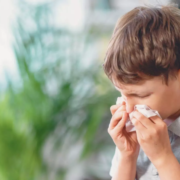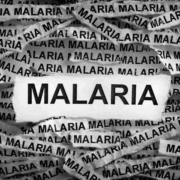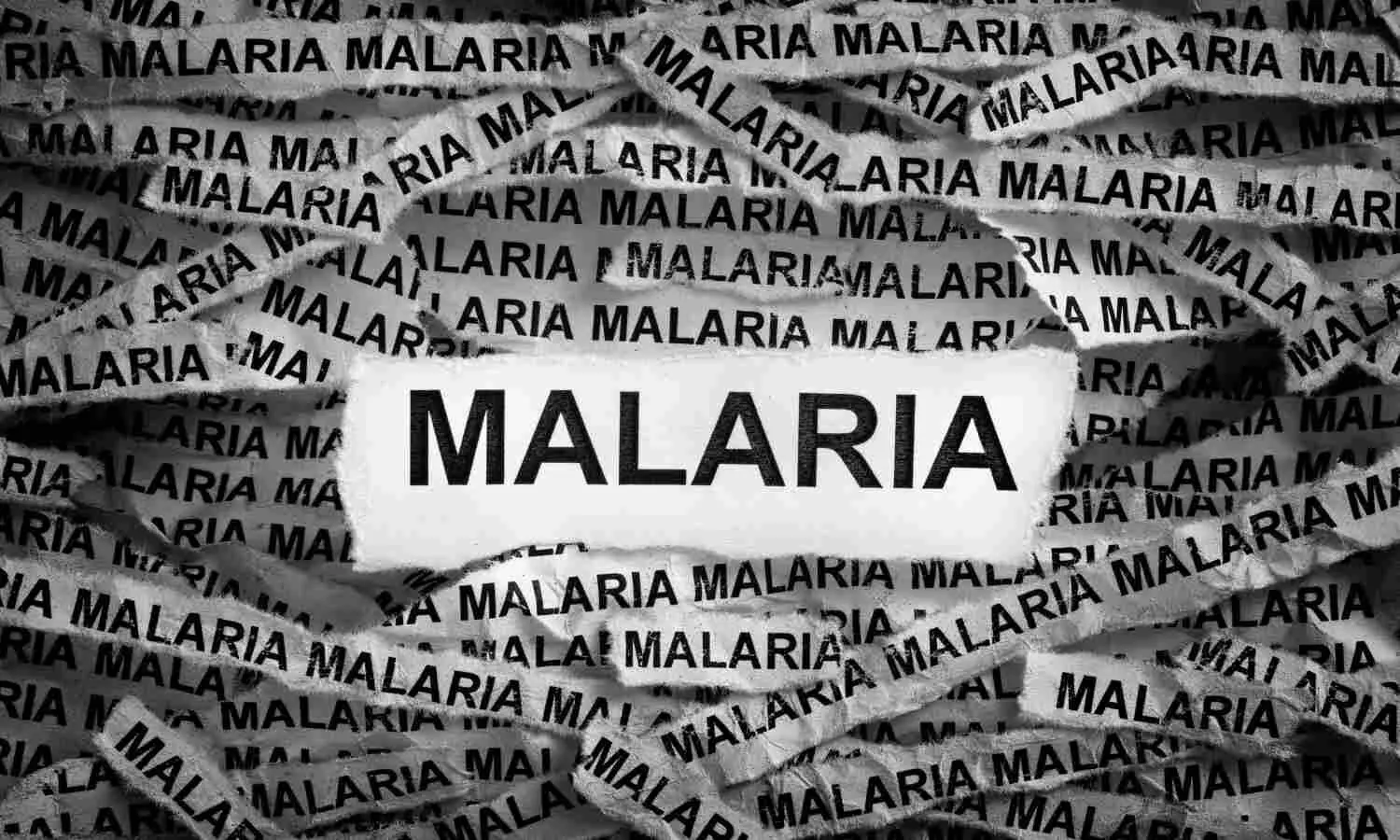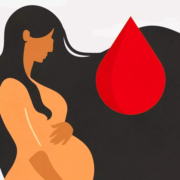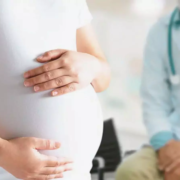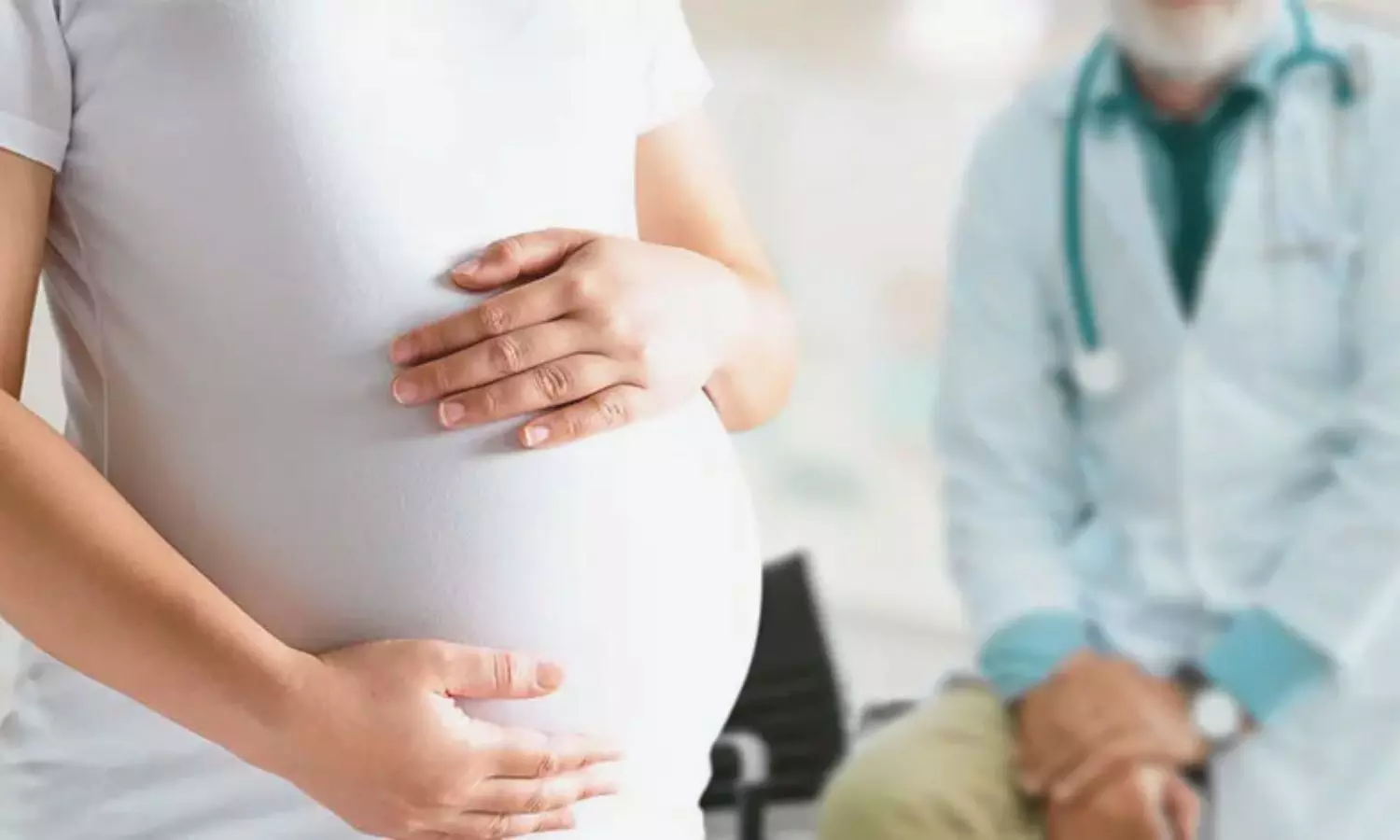No Increased Risk of Major Congenital Malformations with First Trimester Tetracycline Use: JAMA

Sweden: A recent cohort study has explored the potential link between first-trimester exposure to tetracycline antibiotics and the risk of major congenital malformations (MCMs) in newborns. Tetracyclines, a class of antibiotics commonly used to treat bacterial infections, have been previously associated with a range of potential side effects, including concerns about fetal development when used during pregnancy.
The new research, published in JAMA Network Open revealed that although first-trimester tetracycline exposure was not linked to an increased risk of major congenital malformations, larger studies are needed to further investigate potential risks associated with specific malformation subgroups and individual defects.
Given the limited safety data on tetracycline antibiotic use during pregnancy, Aya Olivia Nakitanda, Centre for Pharmacoepidemiology, Department of Medicine Solna, Karolinska Institutet, Stockholm, Sweden, and colleagues aimed to investigate the potential association between first-trimester exposure to tetracyclines and the risk of major congenital malformations.
For this purpose, the researchers conducted a cohort study using data from nationwide registers on singleton live-born infants in Sweden, born between July 2006 and December 2018, with follow-up through December 2019. They compared tetracycline-exposed infants with unexposed infants, matched on propensity scores. First-trimester exposure was determined from maternal prescriptions.
The study’s primary outcome was any major congenital malformation (MCM) diagnosed in the first year. Secondary outcomes included 12 organ system subgroups and 16 individual malformations. Log binomial regression was used to calculate relative risks, with data analysis conducted between June 2023 and May 2024.
The following were the key findings of the study:
- From a cohort of 1,245,889 eligible infants (51.4% males), a propensity score–matched cohort of 69,656 infants (51.5% males) was created.
- Of 6,340 infants exposed to tetracyclines during the first trimester (52.4% males), 252 were diagnosed with any major congenital malformation (MCM), or 39.75 cases per 1,000 infants.
- Among 63,316 unexposed infants, 2,454 were diagnosed with MCM (38.76 cases per 1,000 infants).
- Tetracycline exposure was not associated with any MCM (RR: 1.03).
-
Specific tetracycline substances showed the following relative risks (RR):
- Doxycycline: 1.07
- Lymecycline: 0.83
- Tetracycline-oxytetracycline: 0.78
- There was no increased risk for 10 of the 12 malformation subgroups or any of the 16 individual malformations analyzed.
- Higher RRs were observed for nervous system anomalies (RR: 1.92) and eye anomalies (RR: 1.76), but these were attenuated in a sensitivity analysis with extended follow-up to age 3 years (nervous system anomalies, RR: 1.08; eye anomalies, RR: 1.42).
“The cohort study found no association between first-trimester tetracycline exposure and an increased risk of major congenital malformations. However, further research is needed to exclude potential risks, as the study had limited statistical power for certain MCM subgroups and individual malformations,” the researchers concluded.
Reference:
Nakitanda AO, Odsbu I, Cesta CE, Pazzagli L, Pasternak B. First Trimester Tetracycline Exposure and Risk of Major Congenital Malformations. JAMA Netw Open. 2024;7(11):e2445055. doi:10.1001/jamanetworkopen.2024.45055
Powered by WPeMatico


